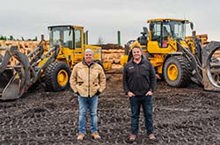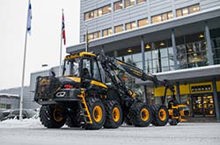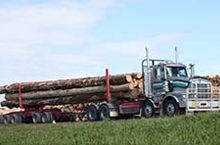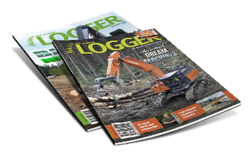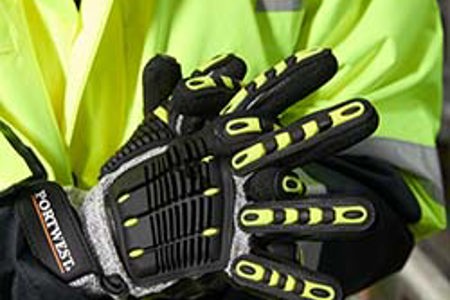
Ensuring consistent use of protective gear is crucial for worker safety. According to Safetree a significant portion of work-related injuries and fatalities could be prevented with proper use of personal protective equipment (PPE).
Hazards faced in the forestry industry can result from movement of trees and machinery, chainsaw use, varying terrain and unstable underfoot conditions, and adverse weather conditions and high winds among others. Common relatively minor injuries include strains, sprains, lacerations, and fractures. Wearing protective clothing and equipment can help prevent these injuries occurring.
Paul Giles, Regional Manager at Portwest has spent nearly 20 years advising clients on workwear that’s designed to ensure that teams work smarter, prioritising safety, innovation and getting the job done. Here, he shares his top 5 tips to help maximise PPE wear time for your team.
1. Educate yourself: Investing time into comprehensive PPE training is vital, specifically around its importance and proper usage. Not only does it allow you to get the answers needed to fit your risk assessment, but it also ensures that you’ve sought expert advice to keep your staff as safe as possible.
2. Comfort and fit: We’re all guilty of gravitating towards the easiest options. I see it all the time with hand protection – people assume that just because you can get it on means that it's the best size for you. Ensuring the garments you provide are comfortable and fit well will result in far less push back on their wear time. We are seeing many new fabrics come into the market that offer far more comfort along the lines of sportswear garments, particularly in pants and shorts.
3. Job compatibility: Too often I get asked for PPE and garments that just aren’t fit for the purpose of the job. By understanding the full risk of the task, an expert can make genuine recommendations. Every task is different – don't assume that the gear for one job will always fit the safety requirements of the next.
4. Maintenance and care: There are two sides to this – businesses need to buy enough PPE gear for their team to use and for it to last and also continue to present well. Gear won’t last if you only buy two shirts and two pairs of pants and expect your staff to wear them five days a week. Additionally, educating your team on proper care is a must. If a Hi Vis shirt is incorrectly washed and hung out on the clothes line in hot or rainy weather for days, it’ll soon need replacing.
5. Workplace culture: Change the narrative. It shouldn’t be, “Why aren’t you wearing gloves?” it should be, “Mate, where are your gloves?” reminding someone to wear PPE is about looking out for your mates.

